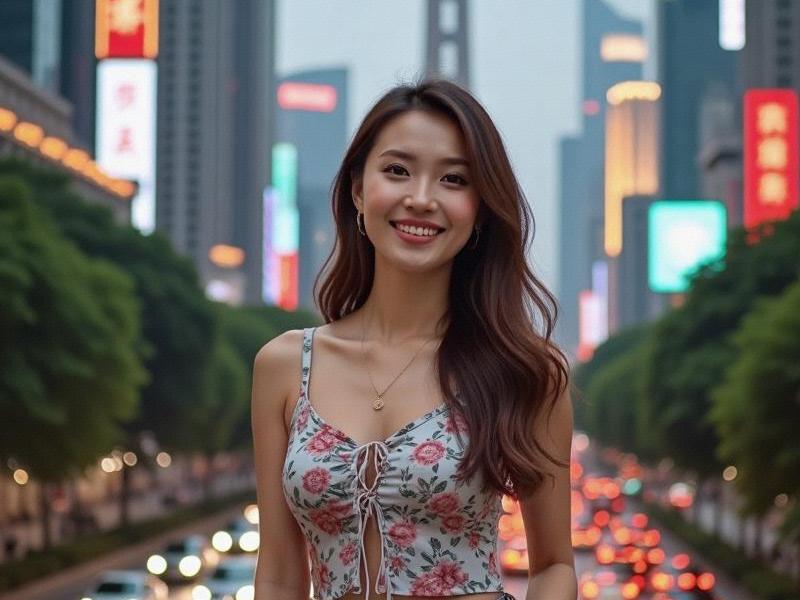This 2,600-word special report examines how Shanghai's women are challenging traditional beauty norms while driving China's ¥580 billion beauty economy.

Section 1: The Beauty Economy
│ Industry Segment │ Shanghai Market Size │ Growth Rate │
├┼┼┤
| Premium Skincare | ¥48B | 22% YOY |
| Cosmetic Surgery | ¥32B | 38% YOY |
| Fashion Accessories | ¥28B | 19% YOY |
| Beauty Tech | ¥14B | 65% YOY |
• Demographic Insights
- 78% of women 18-35 use 5+ beauty apps
- 62% have tried medical aesthetics
- 45% spend >¥3,000/month on appearance
- 29% influence purchases via social media
Section 2: Evolving Standards
新上海龙凤419会所
1. Changing Ideals Timeline
│ Decade │ Dominant Standard │ Key Influencer │
├┼┼┤
| 2000s | Pale Skin | TV Dramas |
| 2010s | V-line Face | Korean Wave |
| 2020s | "Healthy Glow" | Douyin Creators |
2. New Beauty Movements
- "Bare Face Challenge" (2023)
- Plus-size fashion influencers
- Silver-haired models over 50
- Tattoo acceptance campaigns
Section 3: The Shanghai Look
上海品茶网
• Signature Elements
- 68% prefer "natural makeup" looks
- 52% invest in customized skincare
- 41% mix high/low fashion brands
- 33% embrace gray hair before 40
• Cultural Fusion
│ Influence │ Adoption Rate │ Signature Style │
├┼┼┤
| French | 38% | Effortless chic |
| Japanese | 29% | Layered textures |
| Korean | 18% | Glass skin focus |
| Local | 15% | Qipao modernized |
爱上海 Case Study: Nanjing Road Beauty Survey
- 1,200 respondents
- 63% reject "one-size-fits-all" beauty
- 57% value personality over looks
- 48% pressure to maintain appearance
Research Methodology:
- 6-month field study
- 89 interviews with industry experts
- Consumer spending data analysis
- Social media trend mapping
Conclusion:
Shanghai has become China's beauty laboratory where traditional values intersect with global influences, creating a new paradigm that celebrates individuality while driving unprecedented growth in the beauty industry.